The sustainability challenges facing businesses producing composite packaging have been explained by an American expert in the field, Laura Rowell who, until the end of 2020, was director of global sustainability at Sonoco. And, the sustainability chief highlighted how work at the company’s UK mill is central to its response to handling the non-paper elements of cartons and paper cans.
In an address before Christmas, Mrs Rowell explained the company’s thinking around sustainability and packaging with a focus on how it developing carton recycling and also working with Kellogg’s to find solutions to deal with used composite packaging, such as Pringles cans, in the same process that handles cartons. Sonoco is a global producer of paper and packaging products headquartered in the US.
Key points she made included:
· Sonoco, through a contractor local to its Stainland mill in Halifax, Yorkshire is trialling pyrolysis and eventually chemical recycling for some of the non-paper content of drinks and other cartons and for tubes, such as currently used for Pringles
· Ellen McArthur’s New Plastic Economy could hit cartons because paper products with more than 5% poly or other components would not be considered recyclable
· Tomra near infra-red detectors for MRFs are being trialled to separate cartons and paper cans
· Local authorities are being incentivised to collect the material
Sonoco she explained works with most materials apart from glass and its activities are roughly half in the consumer world and half in industrial. Its activities include running materials recycling facilities in the US and it has 23 paper mills across the globe making 100% recycled paper.
Packaging and the environment
Speaking to America’s North East Recycling Council, Mrs Rowell emphasised the important role for packaging. “It is not just packaging designers, but regulators and legislators are impacting the packaging stream because of the concerns they have about packaging and these tend not to align with the packaging. Packaging exists for a purpose, to protect and deliver a product; if it does not do that successfully then the environmental impact is much more significant than the environmental impact of the package alone.”
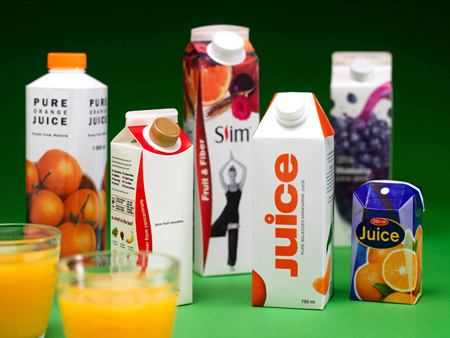
She explained that Sonoco wanted to see an approach that combined both attention to the environment and to the role of the packaging and referenced the Ellen McArthur New Plastics Economy. And, she highlighted challenges for the carton sector.
“We want to see more approaches that actually combine the two. One of the concerns we have with the Ellen McArthur Foundation’s approach is not just to see packaging as one entity, but to see it as a packaging with a function attached to it. The package and the product need to be held hand-in-hand. It is a very interesting challenge that paper and paperboard packaging is being included in Ellen McArthur’s New Plastics Economy commitments so that any board with poly or other components in excess of 5% would not be considered as recyclable under those.”
Barriers
This can be very difficult, in non-dry food contact applications which require barriers, Mrs Rowell explained and she noted that “paper is a fabulous substrate for packaging and some of these are going to require special pulping systems in order to extract the paper and responsibly recover the residue. Good examples are cartons aseptic gable top cartons and also our composite cans, they can be recycled very easily and the fibre comes off but they do need to be in special pulping systems, recycling systems.”
The Sonoco director said that special pulping system were often touted as “less sustainable” than a general pulping system, but the outcome – which is recycled paper – is the same, and systems are emerging to basically recover all the components, not just the fibre. She emphasised that “The bottom line is that first it has to be collected”.
And, she explained how Pringles tubes are being recycled with cartons in the UK.
“Sonoco is working in partnership with Kellogg’s in the UK to demonstrate that our Pringles cans and other composite cans can be recycled effectively and in fact in some cases more effectively than putting it in a general recycling system.”
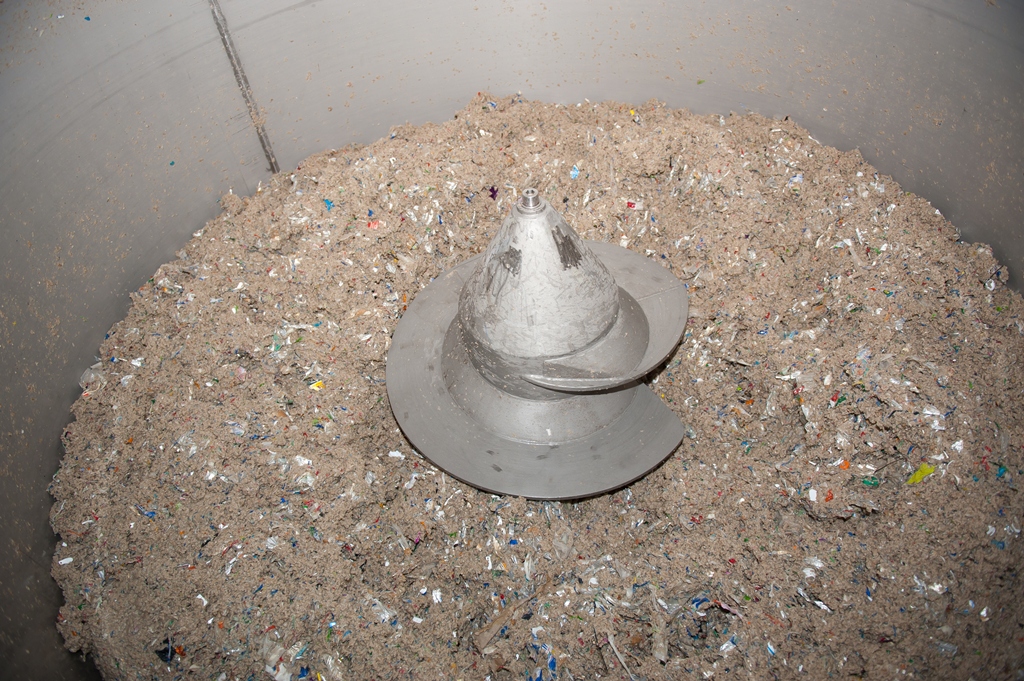
Mrs Rowell continued: “The plan is to recycle Pringles cans with beverage cartons and gable tops at Sonoco’s Stainland Mill in Halifax. The mill has a separate pulper called a tester pulper that is used to recover the fibre from the aseptics and we are demonstrating that it can do that with the composite cans as well. We also need to recycle the poly aluminum barrier and the steel ends of these cans at a third party because again under the new plastics economy you could only afford to have 5% of that package not recyclable in order to complain that package is recyclable.
“So we’re looking at full recovery of all the elements that go into these packages.” Currently, she said, “We have demonstrated the baled cans and the UBCs [used beverage cartons] which are the aseptics and gable tops can be pulped successfully, material is extracted, the fibre gets extracted –almost 100% – and the residuals come out very cleanly including the metal ends and go to pyrolysis or other valorisation processes. We’re working with a couple of cities in the UK on kerbside collection and working with Tesco’s on return to store trials.”
“NIR – We’ve found a spectrum that works”
Tomra
The next steps will see Sonoco working with sorting specialist Tomra using NIR [near infra red] sorting to work out what spectrum is able to finds the composite cans and cartons on a sorting line. “We’ve found a spectrum that works and we’re trying that spectrum in three MRFs in three different countries in Europe because if you tell an NIR reader to sort something you can’t just say, unless you have the holy grail of watermarking, ‘I want you to sort just composite cans and aseptic cartons’.”
She explained to the American audience that in Europe Sonoco is testing different sorting systems and flows. Then the descriptions of the material sorted by these systems will be taken back to the UK mill at Stainland to see what is acceptable to the mill and not acceptable to the mill so the NIR readers can be tweaked as necessary. Manual sorting is easy, she acknowledged: “You can say ‘cartons and aseptic and round cans into the UBC stream’.”
Mrs Rowell commented that ACE [Alliance for Beverage Cartons and the Environment] has identified a poly aluminum recycler pyrolysis operation. And, the operator has also made the process easier because where Sonoco and ACE thought the steel ends from the deposit packaging might have to be removed before it got to this process, the recycler is saying it can shred and sort the material so it will take the metal ends of the Pringles and similar cans.
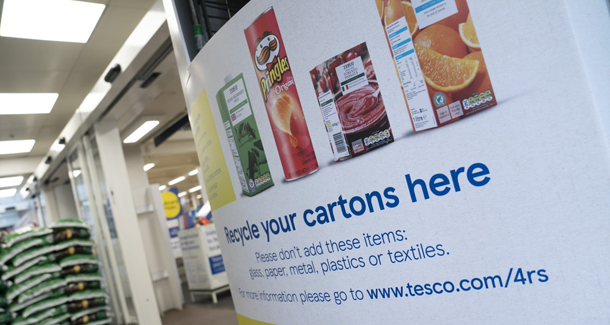
Volume benefit
Importantly, it has also been found that by adding paperboard cans to the used beverage carton stream the efficiency of the recycling process is not impacted and instead there are advantages. Adding Pringles and paperboard/composite cans to the UBC stream means storage and process volumes are optimised. This helps, said Mrs Rowell, in terms of local authorities, adding: “In the UK we’re making it more attractive for the councils to see value in collecting the material.”
“We see this as a phased process and everything doesn’t need to be perfect before we launch”
Turning to the mill residues which are generated after the cartons and tubes have been pulped, Mrs Rowell said that ‘alternate recycling’ or ‘advanced recycling’ is becoming a reality for addressing most critical issues while achieving New Plastics Economy targets and that pyrolys is being tested as a solution to mill residues. She suggested that the approach would start with pyrolysis and then moving towards true chemical recycling.
“It is a first step to chemical recycling and to get to chemical recycling you have to take the byproduct or result of pyrolysis or gasification and turn it through another chemical process that makes it a feedstock into other plastics. You can’t get the chemical recycling without the expanded feedstock going into it. So, we see this as a phased process and everything doesn’t need to be perfect before we launch. We are working on this in phases, especially on the UK project, with the ultimate we will get to of chemical recycling.”
Pyrolysis, said Mrs Rowell, was really designed for the plastics industry. She recalled how the idea had been considered by Sonoco in California, at its paper mill there and it was “ridiculous” that pyrolysis was not allowed even though the contamination was pure plastic, strips of plastic and polystyrene pieces.
(above: Recyclable – ACE UK says in this video that “all the materials in used beverage cartons are fully recyclable”)
Working with the UK mill there is a local pyrolysis operation that can separate the [aluminum] foil and sell that and they can use the plastic for a pyrolysis oil, she explained. The company working with Sonoco had contacted the Stainland Mill offering to test the residue. Trials have been carried out and with some minor modifications, including a drier because the residues do come out wet, the local company there was a good feedstock for them.
Mrs Rowell conceded that “It is an emerging technology based on the fact that .. we manufacture with plastic and paper so we engage with those systems, this is one of those beautiful opportunities to solve to emerge.” However, she added that the Covid pandemic has delayed plans for a while. these plans aside for a while (USA). Work is also underway to find ways to recycle the film from the cans and cartons.
And, in terms of the research, which includes Pringles cans, she said: “We had a very willing partner in Kellogs in wanting to get their recycling cans into a recycling stream, they felt very strongly about it.” And, she said there was an open attitude in the UK about trying to find solutions.
ACE was also very involved, said Mrs Rowell. “Everything kind of worked in … a white paper will be available and the findings will be leveraged in Europe and we will have plans for North America.
What does the future look like for paper beverage cup recycling? Speaking personally, she said: “My utopian recycling system, there would be mills that would have ability to recycle specialty and the residue will go to pyrolysis or something else overtime.”
The future?
While work is ongoing to resolve the carton recycling challenge within Sonoco, the company has made a significant step in terms of producing a more recyclable Pringles can (tube). Last autumn it released Pringles in largely paper tubes with paper ends rather than metal on a trial basis. The paper cans were produced at existing Sonoco facilities utilizing developmental equipment with paper bottoms.
And, related to the growth potential for paper cans, last year Sonoco acquired the French paper can business Can Packaging, a privately owned designer and manufacturer of sustainable paper packaging and related manufacturing equipment, based in Habsheim, France, for total consideration of €41.7 million.
(above: Sonoco acquired French paper can business Can Packaging last year)
Recycling Association view
In the UK there has long been criticism of the use of composite (paper) cans with plastic lids and metal ends, such as for Pringles, by the Recycling Association. Simon Ellin, the association’s chief executive, said that the product still remained difficult for recyclers. “There is a strong desire to see plastic film collected from households from 2023 and if you are going to do that then you have got to collect paper separately. If you do that and then want to collect composite materials, you will have to collect them separately. Maybe near infra-red sorting for cartons and Pringles will be an option for the paper stream but it is another sorting cost.”
Mr Ellin continued: “The amount of cartons and composite cans in the waste stream is a very small amount, around 1%, and I have thought all the way along that they are ideal materials for collection under the DRS [deposit return system] and they could then go through the recycling process and pyrolysis.”






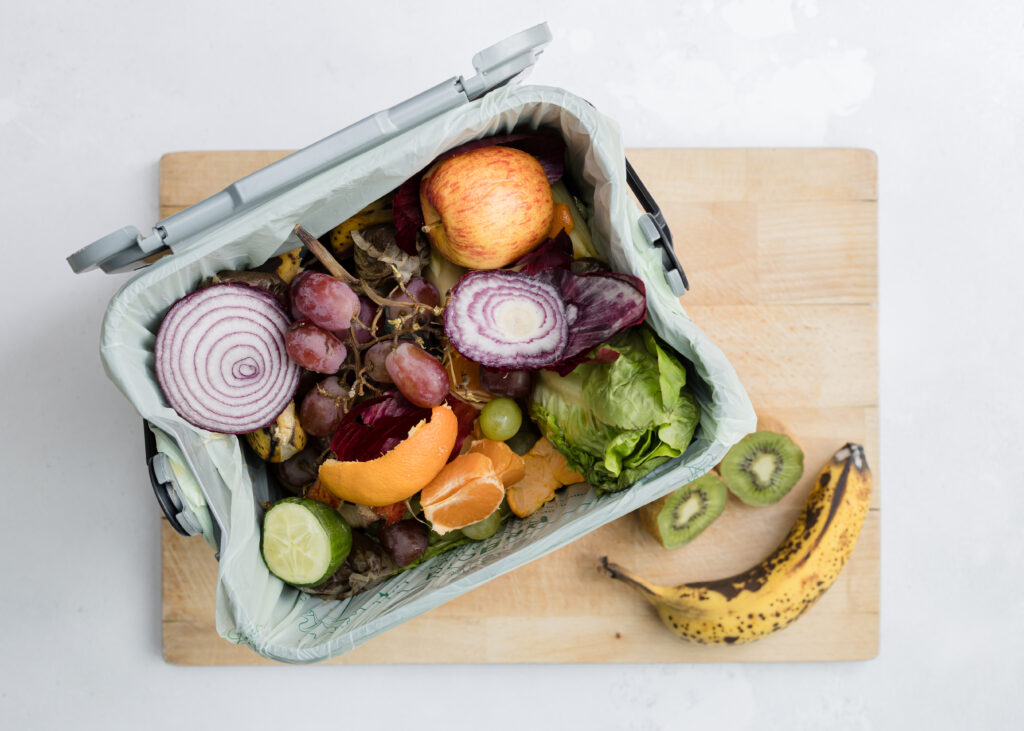

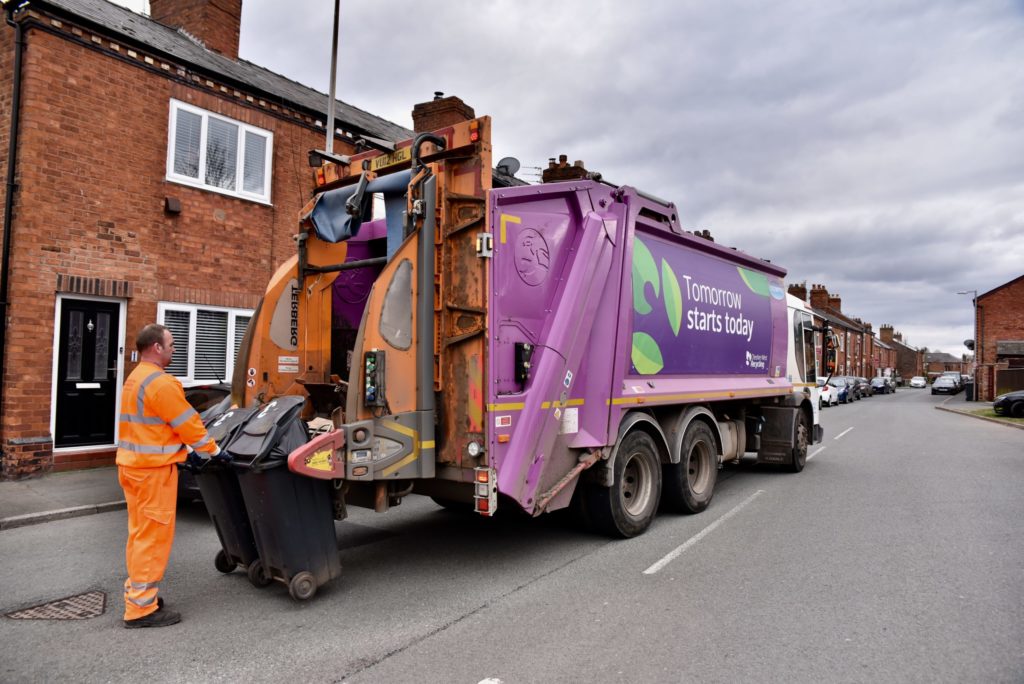


Subscribe for free